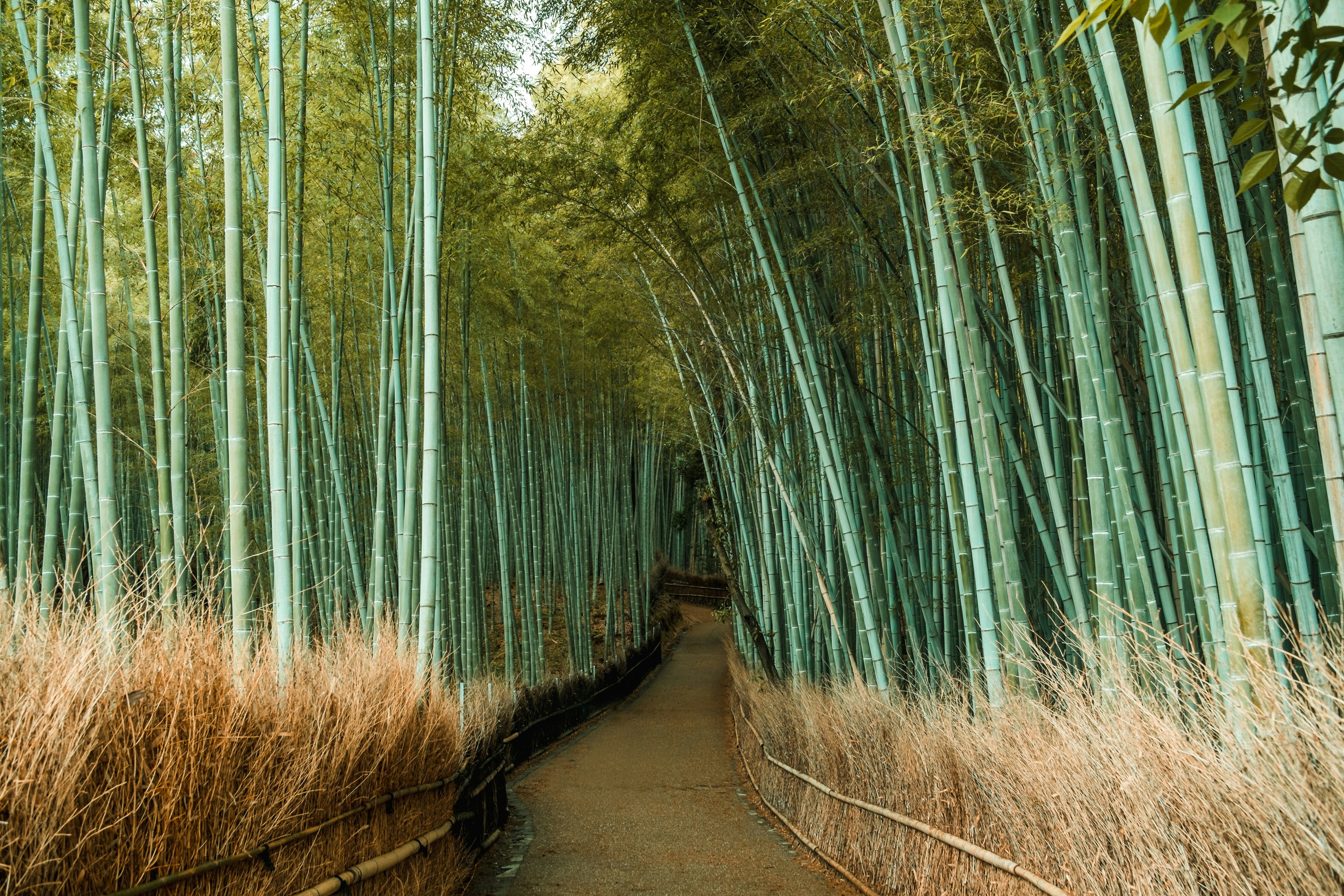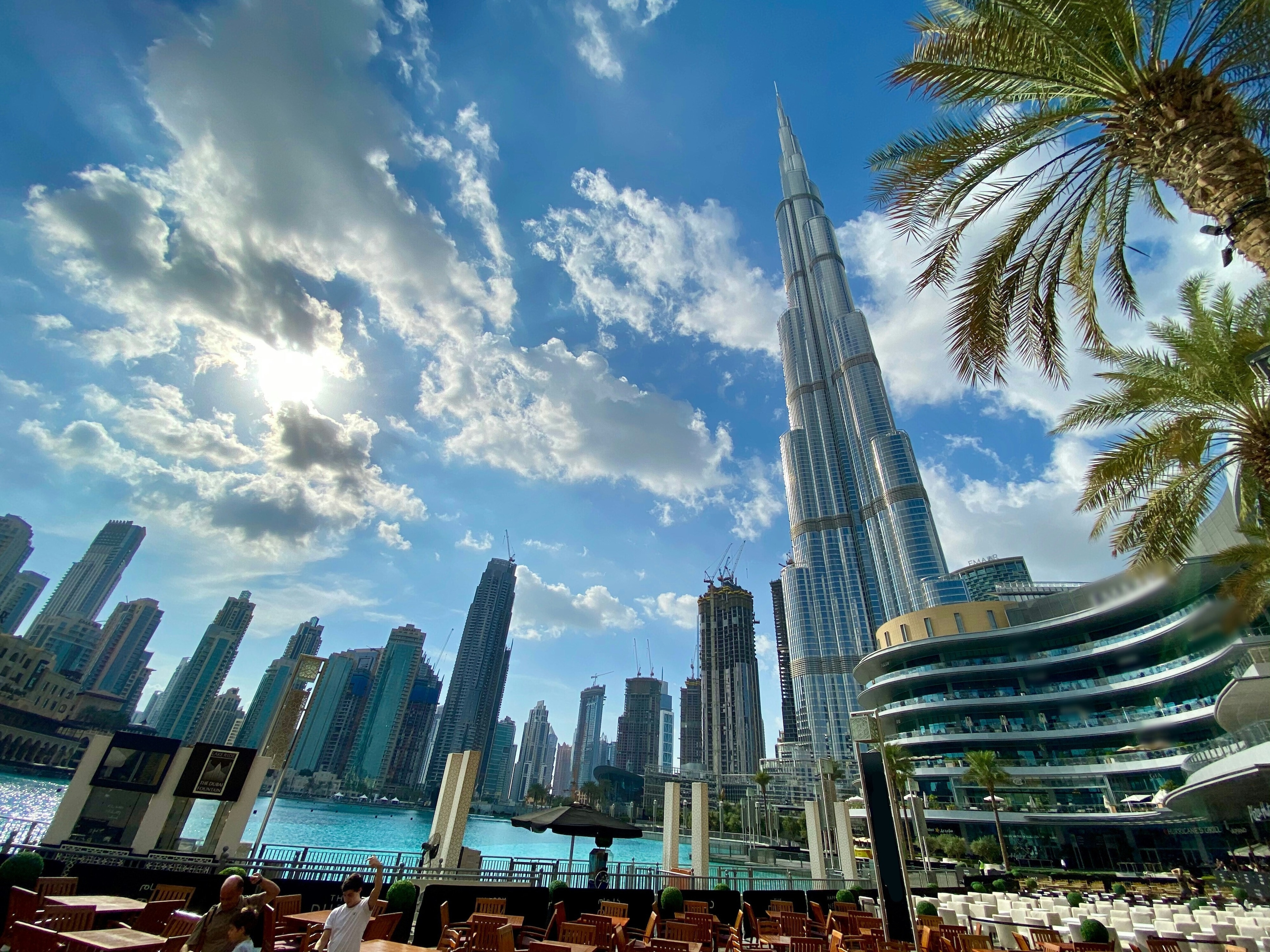Uganda restoring green hill conservation efforts as water banks run dry

Experts blame the scarcity of trees and vegetation on deforestation, a growing population and climate change.
Image: REUTERS/Goran Tomasevic
Stay up to date:
Fresh Water
In the village of Katebe, Ugandan schoolchildren have little choice but to drink from the same water supply as animals.
During the dry season from June to August, Kyakatarihwa dam is the only source of water for people and livestock alike in this remote part of southwest Uganda's Mbarara district.
"We have no (other) option," said Arinaitwe Kenneth, headteacher of Katebe Primary School, which has 420 pupils.
Niwagaba Pison, 35, came to Katebe five years ago to look after cattle belonging to the local church. Back then, there was enough rainfall to provide drinking water, and the local dam was used for animals only, he said.
"Things have changed now - it is dry throughout the year," he added.
Two years ago, the community accessed water from a borehole dug by the government a few metres from the school. But it no longer functions, like thousands of other boreholes sunk across the country using public funds and aid money.
Musingwire Jeconious, a scientist with the National Environment Management Authority, blames that on poor stewardship of the land - a trend the agency is trying to reverse.
Water resource mapping for southern Uganda indicates reducing groundwater, he told the Thomson Reuters Foundation.
"Our hills are becoming bare, and then farmers have no soil and water conservation structures to help water sink into soil layers to form groundwater," he said.
Experts blame the scarcity of trees and vegetation on deforestation, a growing population and climate change.
Uganda loses more than 100,000 hectares (247,105 acres) of forest cover annually, according to data from the Ministry of Water and Environment.
Just over 60 percent of Uganda's water comes from groundwater sources, it says.
But now people drilling for groundwater cannot find it, boreholes are running out of the precious resource, and in the dry season, water is low in lakes and rivers, Jeconious warned.
"It is serious. About 60 percent of shallow wells normally dry up in the dry season," he said.
The situation is likely to worsen, warned Member of Parliament Charles Ngabirano, a hydrologist and engineer.
Ngabirano said water sources are not being recharged "because we have removed all the vegetation". "The water runs off... instead of sinking into the ground," he said.
Primary school pupils jump into a local dam to collect water, where cattle also come to drink in Katebe village, Mbarara district, Uganda, August 10, 2018. Thomson Reuters Foundation/Fredrick Mugira

River risks
Rainwater feeds the River Rwizi - a source of water for millions of people in southwest Uganda - and deposits sediment, but within a month the river dries up, Ngabirano added.
Originating in the Buhweju hills, the famous river flows into Lake Victoria. Several urban centres pump water from the river, before treating it and supplying it to residents.
But Mbarara municipality mayor Robert Kakyebezi said households are receiving less piped water in dry seasons when the river level drops.
Encroachment on swamps and other bad landscape management practices - including overgrazing, felling and burning trees to clear land for farming, and planting thirsty exotic tree species such as eucalyptus - threaten the future of the river and several lakes in the region, according to Jeconious.
Richard Kyambadde, an officer at the Ministry of Water and Environment, said wetlands are degrading fast in several parts of the country because of urbanisation and agriculture.
Only 9 percent of Uganda's surface area is covered by wetlands now, down from 13 percent in 1995, he noted.
A child inspects an abandoned borehole in Katebe village, Mbarara district, Uganda, August 10, 2018. Thomson Reuters Foundation/Fredrick Mugira

Wise wetland use
In Uganda, climate change is expected to bring less rainfall overall, while shifting its distribution between seasons and increasing water evaporation rates, calling for creative thinking to recharge groundwater, experts say.
When rain falls, some of it sinks into the soil, refilling the aquifers that feed springs and wells. If most of it runs off instead, the water table is not replenished and sources run dry.
To avoid this, government officials and environmentalists in Uganda are encouraging ecological restoration and soil conservation, to increase water penetration into the ground.
A joint effort launched a decade ago in the southwest has restored over 500 acres (202 hectares) of wetland in the River Rwizi catchment, while farmers have planted millions of calliandra trees which provide fodder and improve soil nutrients.
"Things are moving," said Jeconious. But progress is being hampered by a lack of funding, he added.
One of the best examples of wetland restoration is the 104-hectare Mugandu-Buramba wetland in Kabale district, which drains into Lake Bunyonyi, Africa's second-deepest lake.
Here, in the hilly sub-county of Rubaya, land is in short supply. But farmers have used and protected the wetland for decades in line with management plans, enabling them to earn a living and maintain its biodiversity.
In 1980, they signed a community conservation agreement with the government, giving them incentives to look after the wetland, including permission to plant crops on its edges.
"We started using this wetland wisely in order to have a place to dig, to plant Irish potatoes, maize, sweet potatoes and even to get papyrus reeds," said Justus Kamuhanda, chairman of the Mugandu-Buramba Growers' Cooperative Society.
At least 20 bags of Irish potatoes are harvested by each of its 276 members every season, boosting their incomes, he added.
The papyrus reeds are used for roofing and making handicrafts such as mats and baskets, which local people sell.
Micro-climate
In hilly areas, the National Environment Management Authority encourages smallholder farmers to practice contour ploughing and terrace farming.
"Such sustainable use of the landscape will make sure that whatever rain we receive is captured," said Jeconious.
Ngabirano said hilltops should be covered with trees and plants to prevent soil erosion and enable the ground to absorb more rainwater through the holes made by their roots.
In the last decade, he has given out more than 4 million free tree seedlings to his constituents in Rwampara, Mbarara district, to plant on denuded hills, he said.
"This is slowly perfecting the micro-climate," he said, explaining that trees release water vapour into the air from their leaves via transpiration, contributing to local rainfall and lowering temperatures.
Don't miss any update on this topic
Create a free account and access your personalized content collection with our latest publications and analyses.
License and Republishing
World Economic Forum articles may be republished in accordance with the Creative Commons Attribution-NonCommercial-NoDerivatives 4.0 International Public License, and in accordance with our Terms of Use.
The views expressed in this article are those of the author alone and not the World Economic Forum.
Related topics:
Forum Stories newsletter
Bringing you weekly curated insights and analysis on the global issues that matter.
More on Geographies in DepthSee all
Naoko Tochibayashi
October 30, 2025
Spencer Feingold and Anne-Katrin Pfister
October 28, 2025
Kelsey Goodman
October 16, 2025
Marisol Argueta de Barillas
October 7, 2025
Yusuf Maitama Tuggar
July 10, 2025




